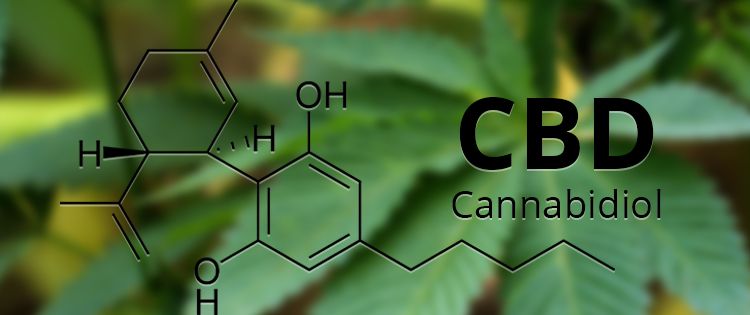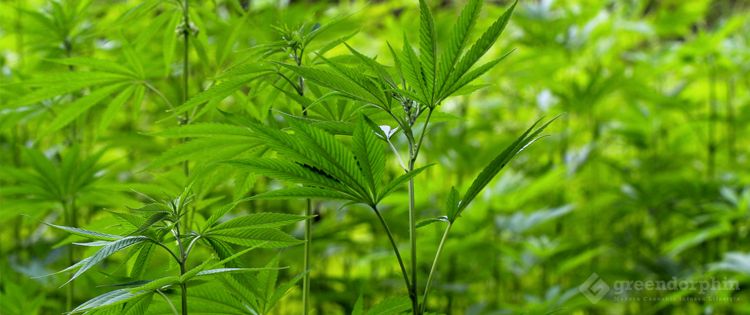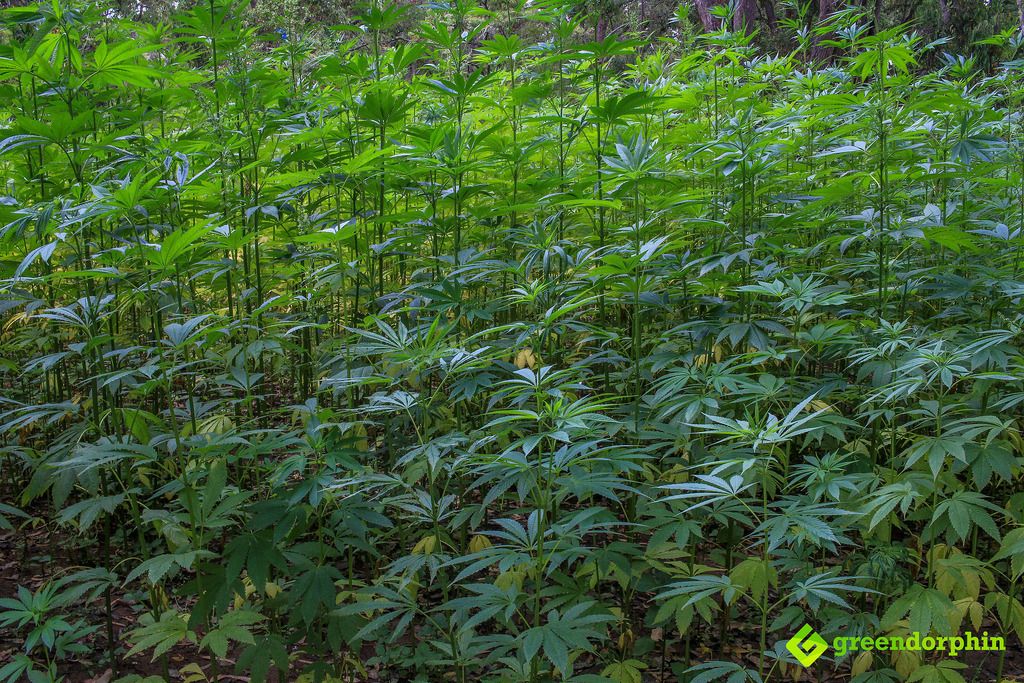Cannabidiol, or CBD, is one of those things that has a long and controversial history. Since it comes from plants that used to be completely illegal in the US, it was a pretty big deal when hemp (low-THC marijuana) was legalized a couple of years ago.
Since that day, the CBD industry has grown so fast that the regulations can barely keep up. Unfortunately for the industry, red tape isn’t the only thing keeping regulations from being published. It turns out that a change in presidential administrations can create quite a bottleneck as well.
First, a little backstory
While there have been quite a few CBD-related regulations published since 2018, pharmaceutical manufacturers and distributors like Premium CBD Supply are still waiting on regulations from the FDA before they can really ramp up production.
A few months ago it seemed like these regulations were close to being published; in July 2020, the FDA submitted the Cannabidiol Enforcement Policy Draft Guidance for Industry for approval. The office in charge of reviewing the document, the White House Office of Budget and Management (OMB), made some headway, even meeting with leaders in CBD-related retail and manufacture. But the OMB didn’t end up approving the document before President Biden was inaugurated.
Why would a presidential inauguration affect FDA regulations?
Well, the OMB is fairly influential in the approval process for federal regulations. They don’t just get to decide which regulations get passed for all federal agencies; they also determine if these regulations are compatible with the president’s agendas and ideas. As such, each new presidential administration will typically instruct all federal agencies to withdraw their pending regulations.
This might sound excessive, but think about it this way: if the OMB exists to ensure that the president’s goals are met where new federal regulations are concerned, each federal agency will be formulating their proposed regulations with the president in mind.
If there’s a change in the presidential administration mid-way through the approval process, those regulations probably wouldn’t be approved anymore.

Why this policy mattered to the CBD industry?
The CBD policy wasn’t the only document that got withdrawn – it happened across all the federal agencies. This isn’t much of a consolation to the CBD industry, though; the FDA hasn’t said when they might be submitting a new draft to the OMB, but nobody is expecting it to happen soon.
Even with the relative lack of FDA regulation in certain areas, some CBD-derived pharmaceutical products are already on the market. However, more concrete regulations are needed before major pharmaceutical companies commit to manufacturing as many CBD-related products as they want to.
Pharmaceutical companies aren’t the only ones that want better regulations for CBD; dietary supplement companies are eager for FDA regulations as well. The FDA’s most recent CBD enforcement policy wouldn’t have applied to CBD-based supplements, but it would have laid the groundwork for a policy that did.
Even concerned third parties, those with no personal interest in manufacturing or selling CBD products, are asking the FDA to prioritize these regulations. They say that without the proper guidelines, manufacturers and retailers could end up with products that have unintended consequences for the consumers.
Even though the FDA had to withdraw a long-awaited CBD enforcement policy, some key USDA regulations got approved a few days before Biden’s inauguration.
Regulations regarding hemp production were among the first to be passed when marijuana was legalized. But it’s been a difficult process for the farmers to get regulations that they were satisfied with.
At first, the regulations varied depending on what state or territory the hemp was in. Then, the USDA published interim regulations, which cleared up some confusion, but imposed some measures on farmers that seemed overly complicated and expensive.
It turns out that even with low-THC hemp, the rules are still pretty strict.
From the beginning, a principal argument for legalizing marijuana was that people can enjoy the potential health benefits of CBD without the effects of THC, the substance that creates the “high” and can be addictive.

It’s legal to grow hemp or marijuana that’s extremely low in THC, as long as it stays below certain thresholds. 0.3% THC or below is legal; anything between 0.3% and 1% THC is illegal and has to be destroyed. And anything that’s 1% THC or above is a negligent violation of USDA regulations.
For the plants that are between 0.3% and 1% THC, the old regulations required hemp growers to spend $200/acre for law enforcement to come to the farm, collect the plants, and eliminate them using approved methods.
Not only did this seem like an unnecessary amount of work for everyone involved, but the cost of the whole procedure was hard for a lot of farmers to handle. After all, these plants could easily be disposed of using traditional farming methods.
After multiple rounds of taking questions and comments from hemp farmers, the USDA changed this requirement so that the farmers themselves could destroy any plants that tested too high in THC. The primary goal was that the plants are altered enough (by burning, mowing, plowing, burying, etc.) to make them unusable. With these methods, the cost to farmers was reduced by about 93%.
One issue that hemp farmers will still have to deal with is the lab-testing requirement. After all, if the THC levels are so important then the plants should be tested by trained experts, right?
The problem is that the labs have to be registered with the DEA in order to test hemp, and there simply aren’t enough DEA-approved labs to keep up with demand.
Even though the USDA hasn’t exactly given up on this requirement, it won’t take effect until 2022. This gives hemp farmers some leeway in where they can get their plants tested, and it gives more labs time to complete their registration with the DEA.
Conclusion
With all the controversy that surrounds the CBD industry since before it even existed, nobody expected this to be easy. On the one hand, there are million-dollar businesses eager to cash in on CBD’s popularity. On the other, there are scientists, doctors, and more who want assurance that companies aren’t rushing into an area that hasn’t had enough research.
It’s easy to look at the situation and think that not much has been accomplished in two years since basic regulations are still waiting for approval. Even so, if you told someone ten years ago where the CBD industry would be in 2021, they’d probably think it had come a long way in just a couple of years.
- The Ultimate Guide to Delta 8 Disposable Vapes: What You Need to Know - March 8, 2024
- The Environmental Impact of CBD Production - August 28, 2023
- Cannabis In Thailand: A Green Revolution - August 15, 2023


